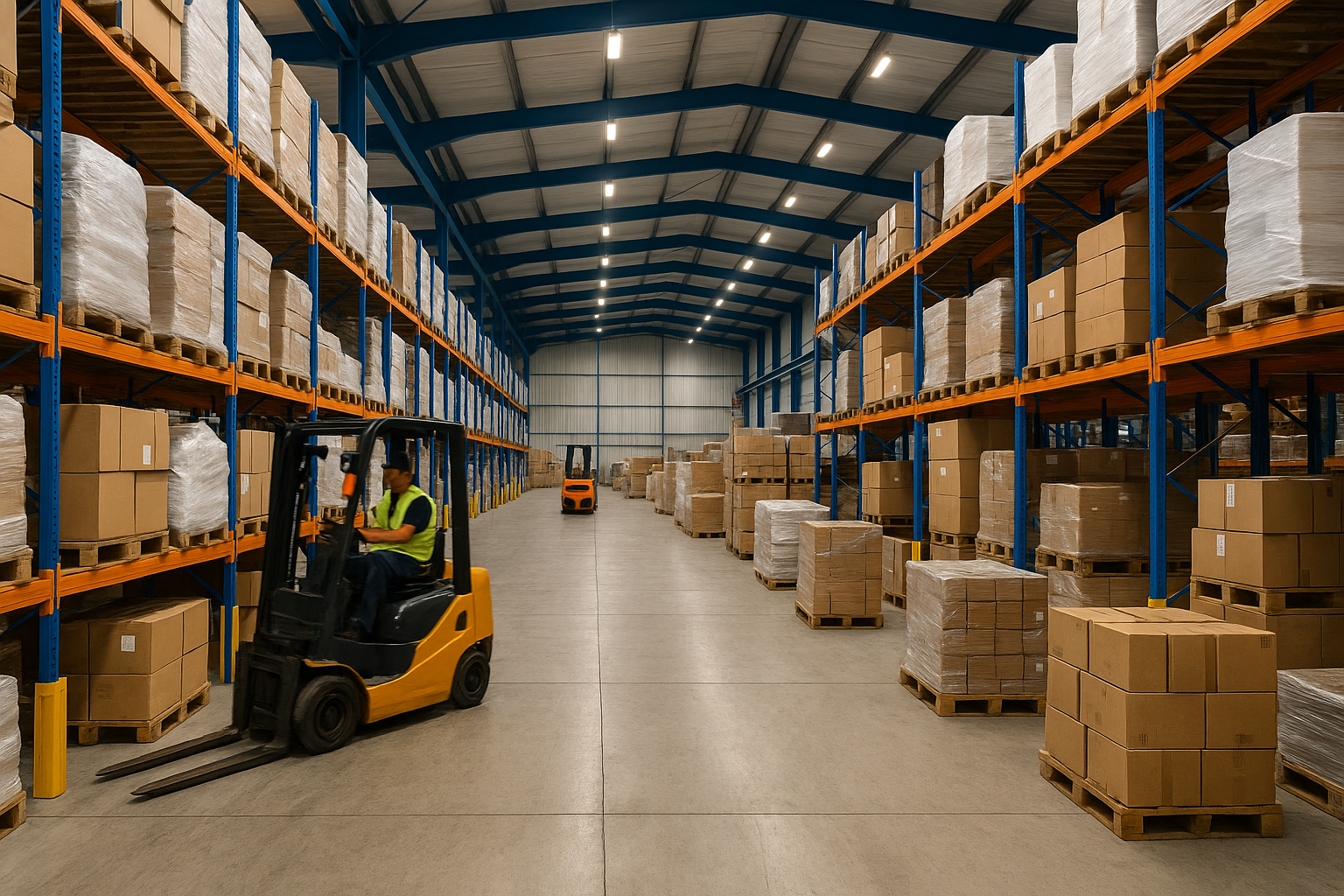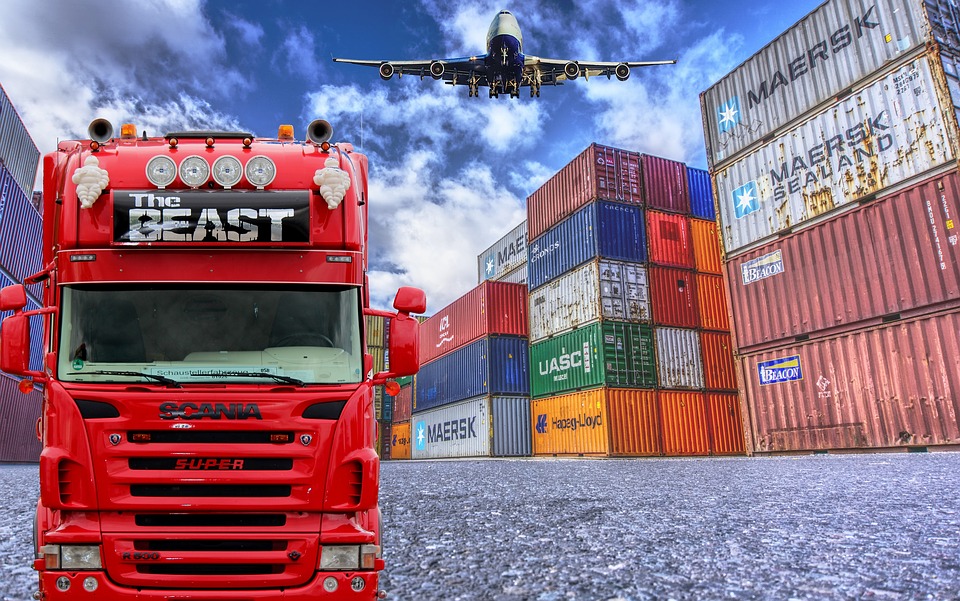Running a warehouse is a bit like trying to keep a river flowing. Some days everything moves smoothly. Other days, one tiny thing throws the whole system off balance. Maybe a pallet sits in the wrong place. Maybe a machine stalls for five minutes. Maybe the team is waiting on equipment. And honestly, something as small as choosing the right battery for a forklift can quietly decide whether your entire day feels easy… or painfully slow.
Optimizing Warehouse Layout and Workflow
If you’ve ever stepped inside a warehouse that felt confusing, you understand how much layout matters. The way the shelves sit. How wide the aisles are. Where the high-demand products live. All these little decisions shape how fast people can move.
A bad layout forces people to backtrack. To squeeze between racks. To take the long route just to grab something simple. And these seconds add up. They always do. But when everything is arranged with intention, the whole place feels lighter. You waste less effort. Your team wastes less time. And everyone gets more done without even trying.
Technology and Automation as Productivity Tools
Most warehouses today lean on technology in one form or another. Maybe it’s a tracking system. A scanner. An automated picking tool. Something small. Something big.
These tools make life easier. They cut down mistakes and let workers focus on the things that actually need human eyes. But here’s something that often gets overlooked: tech only works when the equipment around it is dependable. If a forklift breaks in the middle of a rush hour, everything else pauses. Screens don’t fix that. Software doesn’t fix that either.
So, yes, automation is great. Modern tools too. But they all depend on basic reliability.
Workforce Training and Engagement
If machines are the bones of a warehouse, people are the heartbeat. You already know that. A trained team moves differently. They’re confident. They’re safe. They’re faster because they don’t have to think twice about every step.
Training doesn’t have to be complicated. Short refreshers help. Clear safety reminders help even more. And when people understand how to handle equipment, you avoid the kind of accidents that slow everything down.
Engaged employees also speak up sooner. They tell you when something feels off. When a workflow is too slow. When equipment isn’t acting right. This kind of feedback saves you time — and a lot of surprises — later on.
Equipment Maintenance and Operational Reliability
Every warehouse has that one moment when the equipment decides to test your patience. A forklift won’t start. A wheel drags strangely. Something small that wasn’t small at all. When machinery stops, operations stop. It’s just the truth.
This is why maintenance matters more than it seems. Simple checks. Scheduled cleanings. Not pushing machines past their limits. These habits save more time than they take.
And yes, even something like choosing the right battery for a forklift plays into this bigger picture. A strong battery keeps equipment moving consistently. A mismatched or weak one? It drains faster, overheats, slows down. Suddenly your team is waiting around for something that should’ve been ready hours ago.
The more reliable your equipment is, the more reliable your entire warehouse becomes.
Measuring Performance and Continuous Improvement
One of the best ways to grow a warehouse’s productivity is by watching it closely. Not in an overwhelming way. Just paying attention to the right signals. Order speed. Machine downtime. Blocked aisles. Delays that come up again and again.
These little patterns tell you where to improve. They’re like breadcrumbs pointing you toward better systems. Once you start measuring what matters, you notice things you never saw before — and fixing them becomes much easier.
Conclusion
Improving warehouse productivity isn’t about rushing. It’s definitely not about pushing people harder. It’s about creating a space where things just… move. A place where layout, equipment, people, and tech all cooperate instead of fighting each other. When you focus on the smaller details — thoughtful design, reliable tools, better training, meaningful tracking — the bigger results follow naturally. You start to see a warehouse that feels stronger, smoother, and honestly, just easier to run. And sometimes, yes, it all begins with something as small as making sure the right forklift has the right battery. Funny how that works.




